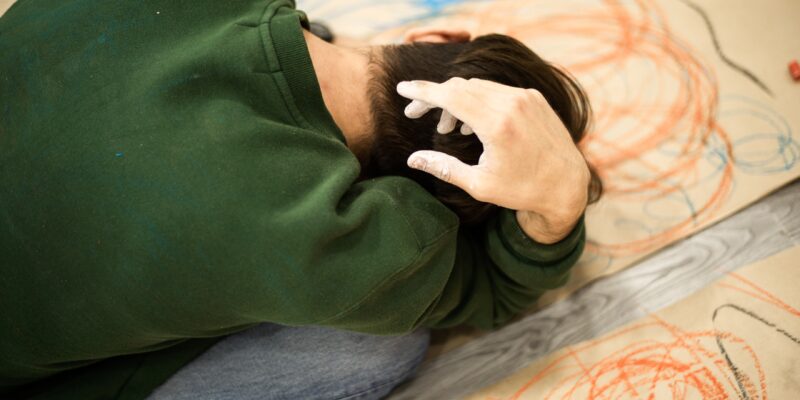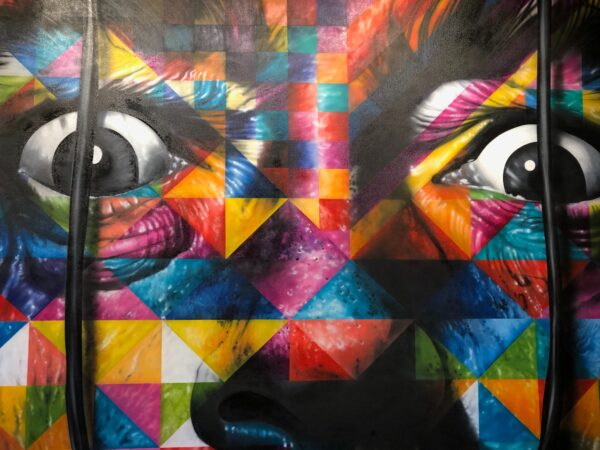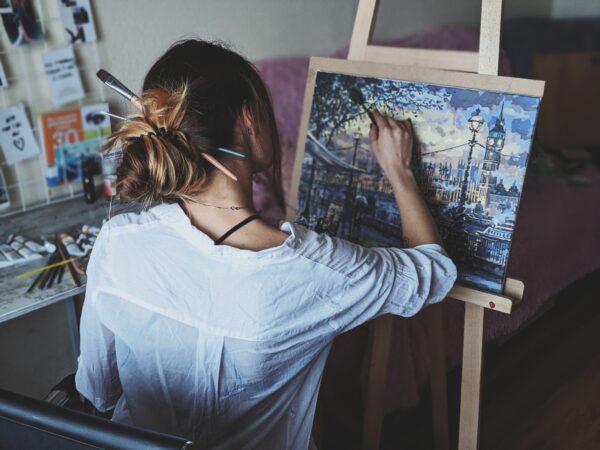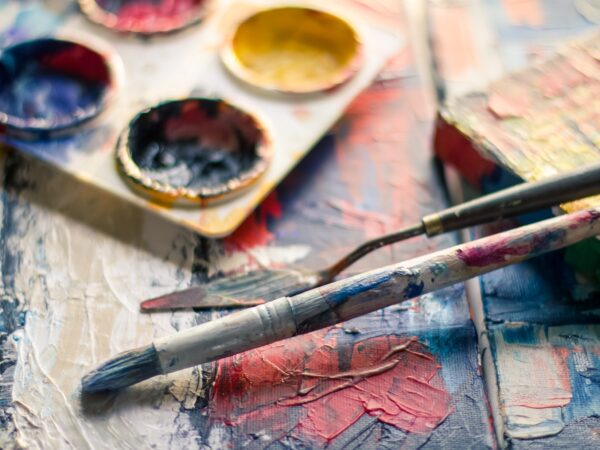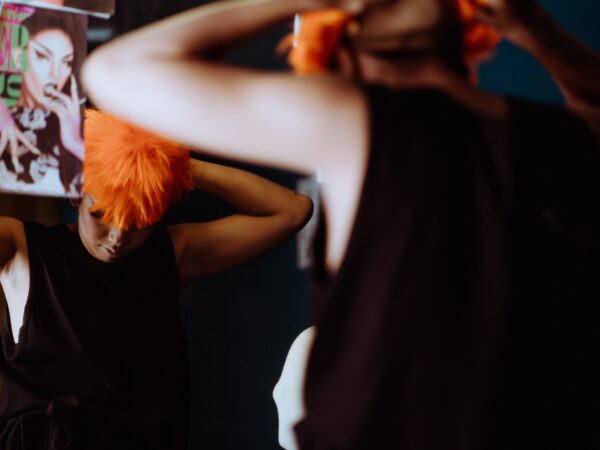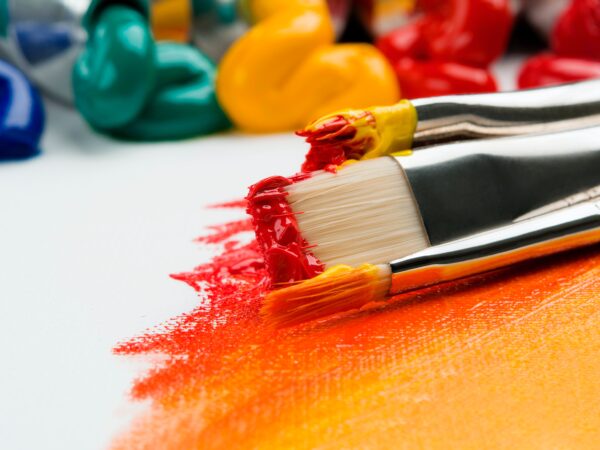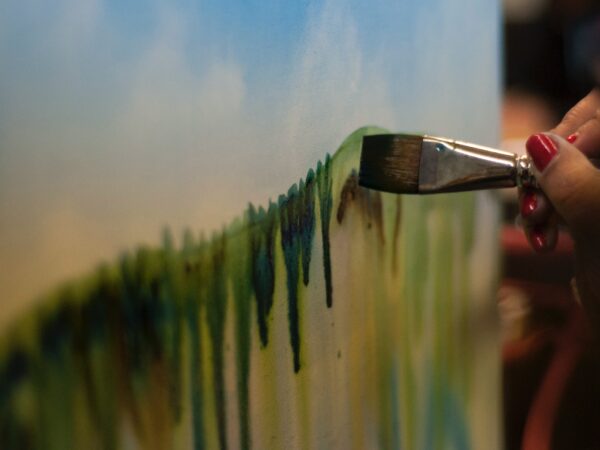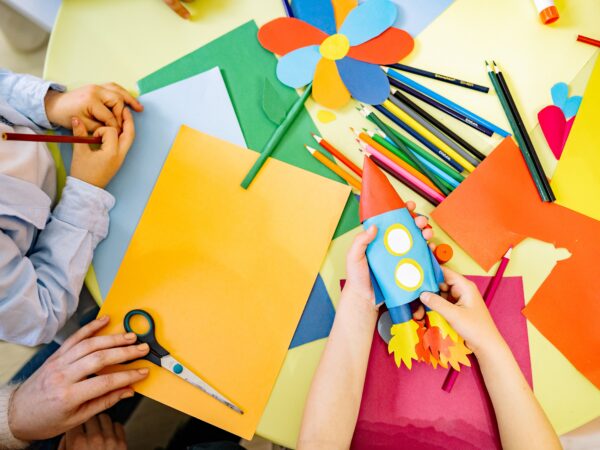Art therapy is a unique form of therapy that involves the use of artistic expression to promote healing and wellbeing in individuals. It is a therapeutic approach that enables individuals to communicate thoughts, feelings, and concerns in a non-verbal way that allows for a deeper understanding of the self. The power of art therapy is evident in the way it has been used to address a range of emotional and mental health issues, including depression, anxiety, trauma, and addiction.
Moreover, The belief that creative expression has the power to heal individuals in ways that traditional therapy cannot roots the concept of art therapy. Practitioners can use art therapy with individuals of all ages, from children to the elderly, and they have utilized it in a variety of settings, including hospitals, schools, and prisons.
A Brief History of Art Therapy
The use of art as a therapeutic tool dates back to the time of the ancient Greeks, where it was as a means of self-expression and communication. However, the idea of using art as a form of therapy did not become a practice until the 20th century, when it was introduced by a British artist named Adrian Hill.
Hill’s experience serving in World War I led him to discover the therapeutic benefits of art, and he went on to promote the use of art as a tool for healing in hospitals throughout the United Kingdom. Hill’s work helped to popularize the concept of art therapy, and it eventually made its way to the United States, where it has continued to evolve and gain acceptance as a legitimate form of therapy.
The Power of Art Therapy
One of the most significant benefits of art therapy is its ability to help individuals who may struggle to express themselves verbally. Art therapy provides a safe space for individuals to express themselves in a non-threatening way, which can be particularly important for individuals who have experienced trauma or abuse.
Art therapy is also effective in helping individuals to gain insight into their emotions and thought processes. Through the use of artistic expression, individuals can gain a better understanding of their feelings, which can help them to develop coping strategies and improve their overall wellbeing.
In addition, art therapy is particularly effective in treating depression, anxiety, and other mental health issues. By enabling individuals to express themselves through art, art therapy helps to reduce feelings of isolation and loneliness, which are common symptoms of depression and anxiety.
Art therapy has is effective in treating addiction. Addiction is often an attempt to cope with difficult emotions, and art therapy can help individuals to identify the underlying emotions that are driving their addictive behaviors. By addressing the root causes of addiction, art therapy can help individuals to overcome their addiction and achieve lasting recovery.
Art Therapy Techniques
There are a variety of techniques that we use in art therapy, and the specific techniques will depend on the individual’s needs and preferences. Some of the most common art therapy techniques include:
Drawing: Drawing is a simple and effective way to express oneself through art. It is a non-threatening way to communicate thoughts and feelings, and it can be particularly helpful for individuals who struggle to express themselves verbally.
Painting: Painting is a more expressive form of art therapy that allows individuals to experiment with color, texture, and form. Painting can be particularly helpful for individuals who are looking to explore their emotions in a more abstract way.
Collage: Collage is a therapeutic technique that involves the use of mixed media to create a visual representation of one’s thoughts and feelings. It can be a particularly helpful technique for individuals who have a difficult time expressing themselves through traditional forms of art.
Sculpting: Sculpting is a more tactile form of art therapy that enables individuals to create three-dimensional representations of their emotions. It can be particularly helpful for individuals who have experienced trauma, as it provides a physical way to work through difficult emotions.
Conclusion
Art therapy is a powerful form of therapy that has the ability to transform lives. It provides individuals with a safe and non-threatening way to express themselves, and it can be particularly effective in addressing a wide range of emotional and mental health issues.
If you or someone you know is struggling with emotional or mental health issues, consider exploring the power of art therapy as a tool for healing and self-discovery.


